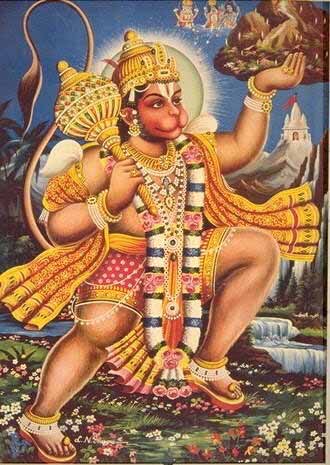Bihar News, Latest News from Bihar, News of Bihar, Biharprabha News |
| Discover the Jain Circuit in Bihar Posted: 31 Jan 2012 08:30 PM PST
Patna Muzaffarpur Nalanda Jalmandir : Pawapuri,which is also known as Apapapuri, the sinless town, is a very sacred Jain pilgrimage. As per Jain Mythology and belief, Lord Mahavira, the greatest propounder of Jainism, attained Nirvana at Pawapuri. Hundred of thousands of his disciples and devotees took away the ashes after his cremation here. The rush was so great that even the soils of the area were taken away and it became a tank. Later on, a beautiful temple of white marble was constructed in the center of the tank to commemorate the Lord’s Nirvana. This temple is known as the Jalmandir. Samosaran : A beautiful temple honor the place where Lord Mahavira sat to teach his disciples. The temple is constructed of white marble, rising by low steps into several concentric terraces with a beehive shaped shrine on the top containing the footprints of Lord Mahavira. Maniyar Math : This monument occupies a prominent position inside the valley, situated on the way to the Son Bhandar Caves, almost in the center of the ancient inner city enclosure. Legend is that Srenika or Bimbisara had 32 wives to each of which he daily gave new ornaments, and threw the old ones into a well, which is still shown. This covers a modern small Jain temple as well. Sone Bhandar : There are two rock-cut caves, adjacent to each other, excavated on the southern face of the Vaibhara hill, facing the western portion of the valley. Of them the western one is locally called as Son-Bhandar (Gold Treasury). As per Local belief, the piece of rock within this space is an ancient wedge blocking up the passage to the treasury of gold in the body of the hill. It consists of a rock-cut chamber and its front part has been fallen. Inside the southern wall of the cave there are six small figures of Jaina Tirthankaras carved in relief and representing Padmaprabha, Parshvanatha and Mahavira.
Nawada Bhojpur Masadh : This village is located at around 9-kms southwest of “Arrah” town. An ancient Jain temple dedicated to Parshwanath is situated here and contains eight images, some of them dates back to ancient time. The temple was completed in the year 1819 A.D. while some of the eight images date back to 1386 A.D. as per archaeological records. Banka Bhagalpur Jamui Lachhaur : This is one of jain pilgrimage sites, situated about 8-kms west of Simaria and 7-kms south of Sikandra. It has s a large number of Jain temples and dharmshala built in 1874 by Rai Dhanpat Singh Bahadur of Murshidabad, for the benefit of Jain pilgrims, who visit some places in the adjacent hills. The nearest are about 5-kms of Lachhaur and are marked Muth Boodhroop and Muth Purusnath. These are two small shrines picturesquely situated in the valley between two parallel ranges of hills. In each of these shrines one can find a small statue of Mahavira, one of them dates back to Sambat 1505, and the other appears to be the older one. The temples themselves, however, are of recent date. Some Jains hold Lachhaur to be the birthplace of Mahavir Swami. Kundghat : It is around 6-kms from Lachhaur. There is a temple of Kundeshwari Devi, which is considered sacred by the Jains |
| You are subscribed to email updates from Biharprabha News To stop receiving these emails, you may unsubscribe now. | Email delivery powered by Google |
| Google Inc., 20 West Kinzie, Chicago IL USA 60610 | |






No comments:
Post a Comment